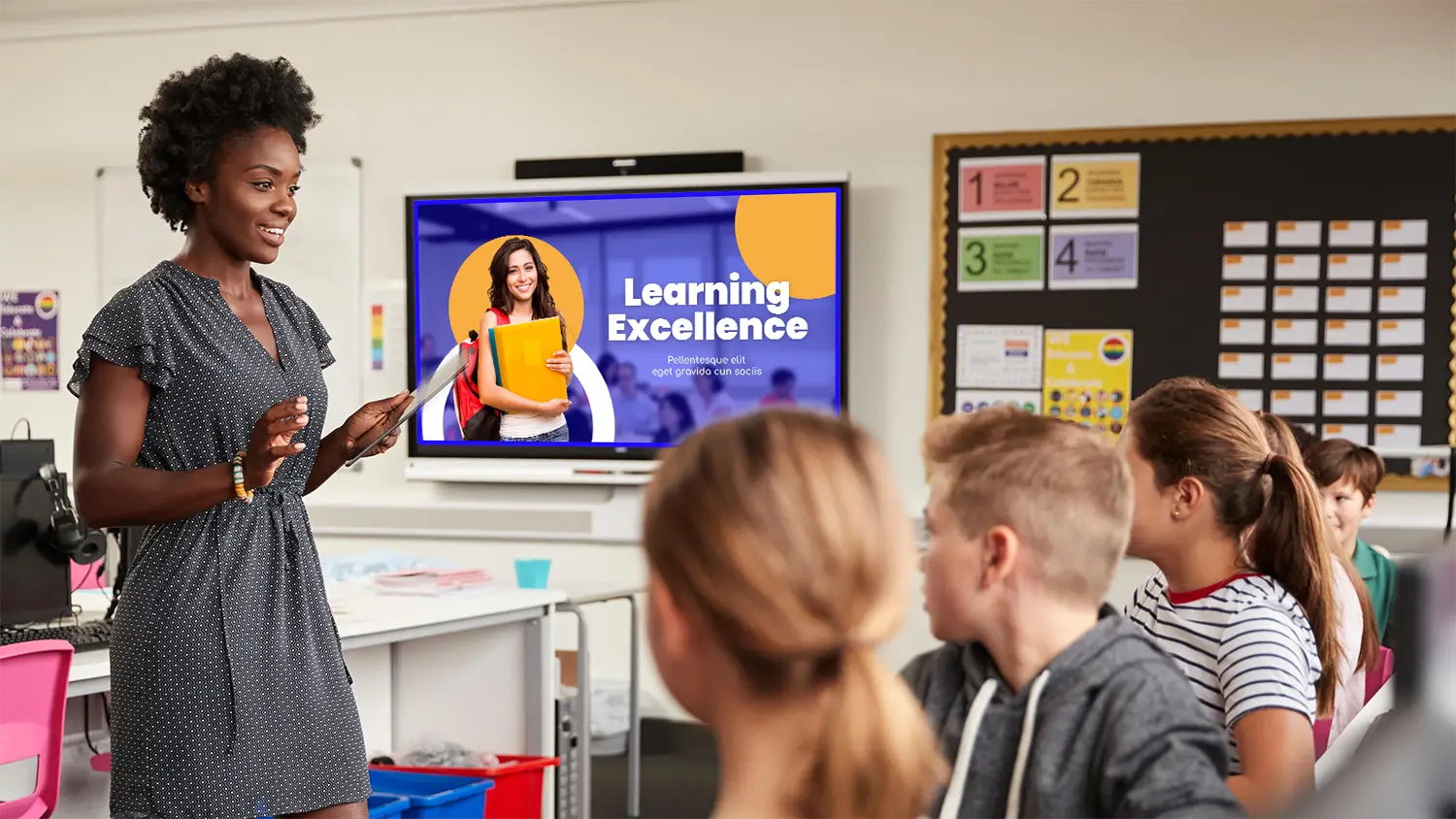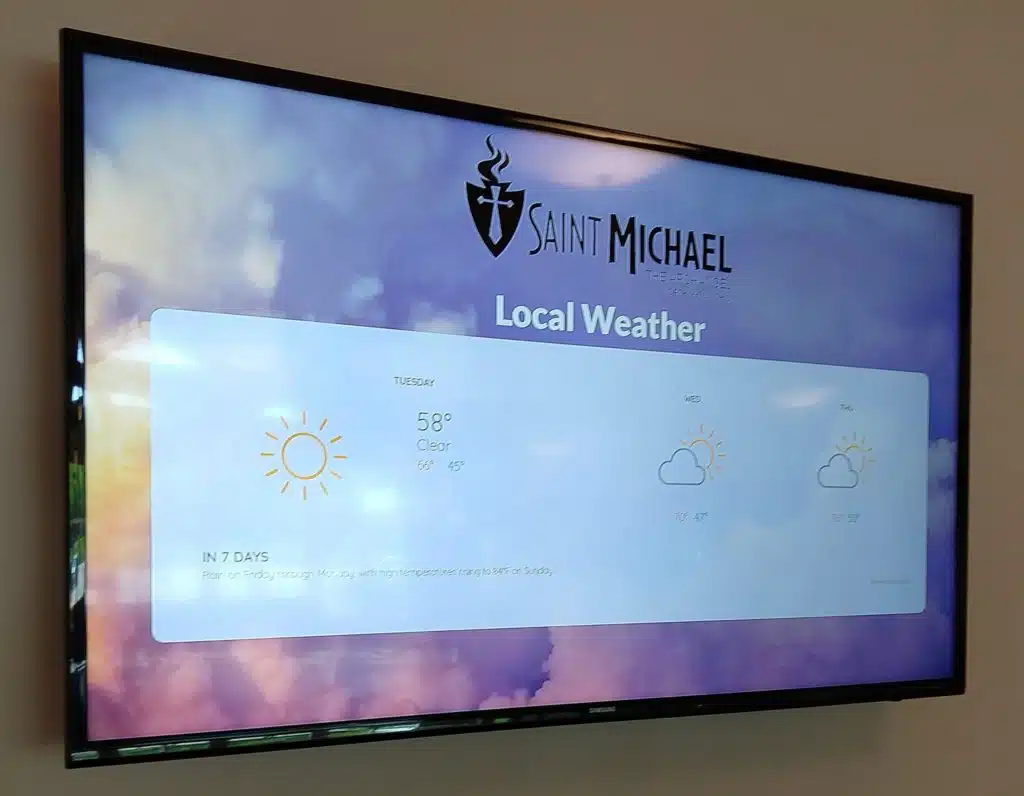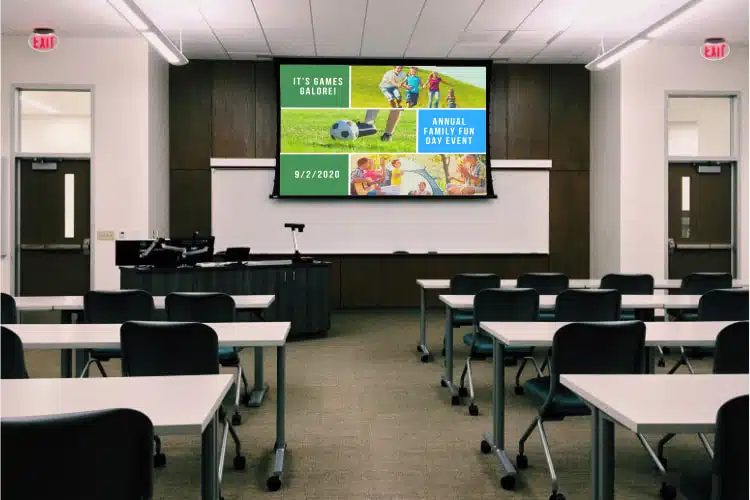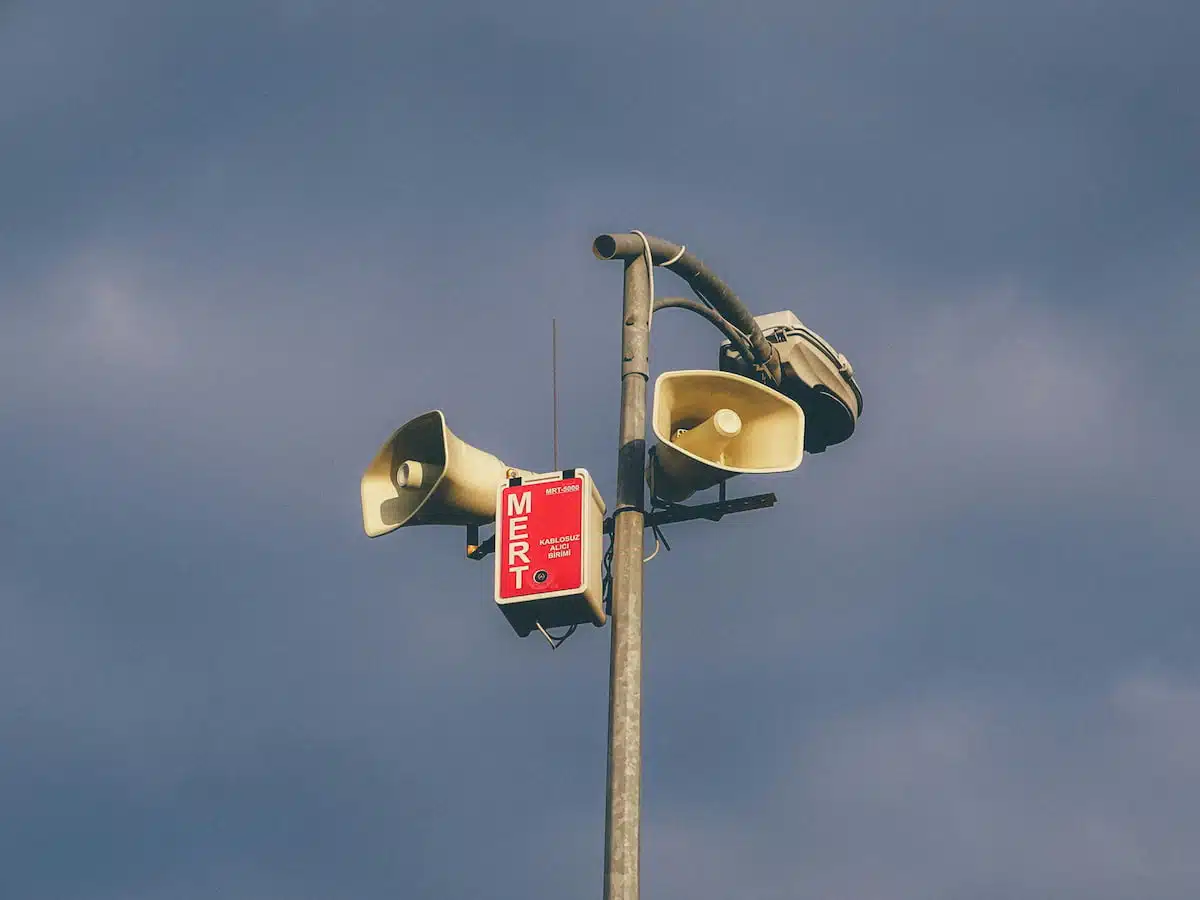
7 Questions to Assess the Health of Your Surveillance & Security Technology
Your surveillance and security systems are only as strong as their weakest component. Outdated hardware, unsupported software, or a lack …

Do you ever feel like there are screens everywhere you turn? In stores, hotels, car dealerships, and even on the side of the highway, digital signs are everywhere. There’s even a place for them in the school setting.
Inside a school, digital signs can provide a wealth of information such as announcements, directions and wayfinding, upcoming events, and security alerts. As school administrators think about incorporating digital signs into their campuses, it is important to consider three key phases of implementation: planning, design, and engagement.

When a school begins planning to use digital signs, it is essential to involve the right stakeholders. The digital sign planning team should include members from the administration, IT department, maintenance staff, and security. These individuals will bring their expertise to ensure a successful implementation.
Additionally, it is crucial to identify the content creators and updaters who will be responsible for managing the information displayed on the signs. One of the main priorities for this team should be to determine what content will be displayed on the signs. The implementation of digital signs should be driven by the need to communicate information effectively, rather than simply a desire for shiny new technology. By identifying the key messages and information that need to be conveyed, the team can ensure that the digital signs serve a purpose and provide value to the school community.
In addition to content planning, the team should also consider budgetary aspects. S3 Technologies can help you in developing a two-year budget plan that includes funding for the necessary hardware and software, as well as the ongoing maintenance of the devices and potential future upgrades.
Furthermore, the team should assess the physical locations where the displays will be placed. Are there existing power and data connections available in these locations, or will new cables need to be installed? Considering these logistical factors during the planning phase will help streamline the implementation process.

Once the planning phase is complete, it’s time to move on to the design phase. Engage S3 content management software for digital signs allows users to show multiple windows simultaneously. This means that a digital sign in a school could display today’s weather and the lunch menu while also scrolling through a list of upcoming events and showcasing the latest scores from the school’s sports teams. Additionally, it can provide directional information to help visitors find their way around the school.
To ensure a variety of fresh and engaging content, consider involving multiple content creators. This approach distributes the responsibility and prevents one person from being solely responsible for updating the information. Teachers and even students can play a role in creating content for digital signs including:
To maintain consistency and visual appeal, we recommend providing design best practice tips to anyone involved in creating content. These guidelines can include recommendations on the quantity and type of content to include, a brand pack with fonts, colors, and logos, and acceptable file formats for content submission. By setting these standards from the outset, confusion and inconsistencies can be minimized as more individuals contribute content.

Keeping the content of digital signs up to date is the most important aspect of running a successful system. Interesting and relevant information captures people’s attention and keeps them engaged for a longer period. Engage S3 is a content management software that includes built-in options for scheduling the start and end dates of individual items, which helps ensure content is updated regularly. A best practice is to cycle between eight and ten pieces of information every ten seconds or so to maintain viewer interest.
Another effective way to engage the school community is by incorporating a call to action. This could involve interactive elements such as encouraging people to interact with the sign, visit a specific website, create interactive experiences with Augmented Reality, scan a QR code for additional information, or even turn in a form they discovered through the digital sign. By providing clear instructions and incentives, the digital signs become interactive tools that encourage participation and enhance communication.
Digital signs have become a ubiquitous presence in various environments, including schools. When implemented thoughtfully, they can serve as powerful communication tools, providing timely information and engaging the school community. By following a structured approach that encompasses planning, design, and engagement, schools can leverage digital signs to enhance communication, showcase student achievements, and improve overall campus experiences.
If you need further assistance with digital signs, you can contact S3 Technologies at help@mys3tech.com. Our expertise can help guide you through the implementation process, ensuring the successful integration of digital signs into your school environment. Embrace the power of digital signage and revolutionize communication within your school community.

Your surveillance and security systems are only as strong as their weakest component. Outdated hardware, unsupported software, or a lack …

School safety has never been more important. In an era where timely and effective communication can make all the difference, …

These days, school video productions have become commonplace. Most students own smartphones with cameras, many editing programs are free, and …

“What technology should I buy for my school?” It’s a common question among teachers and administrators—and with good reason. Educational …